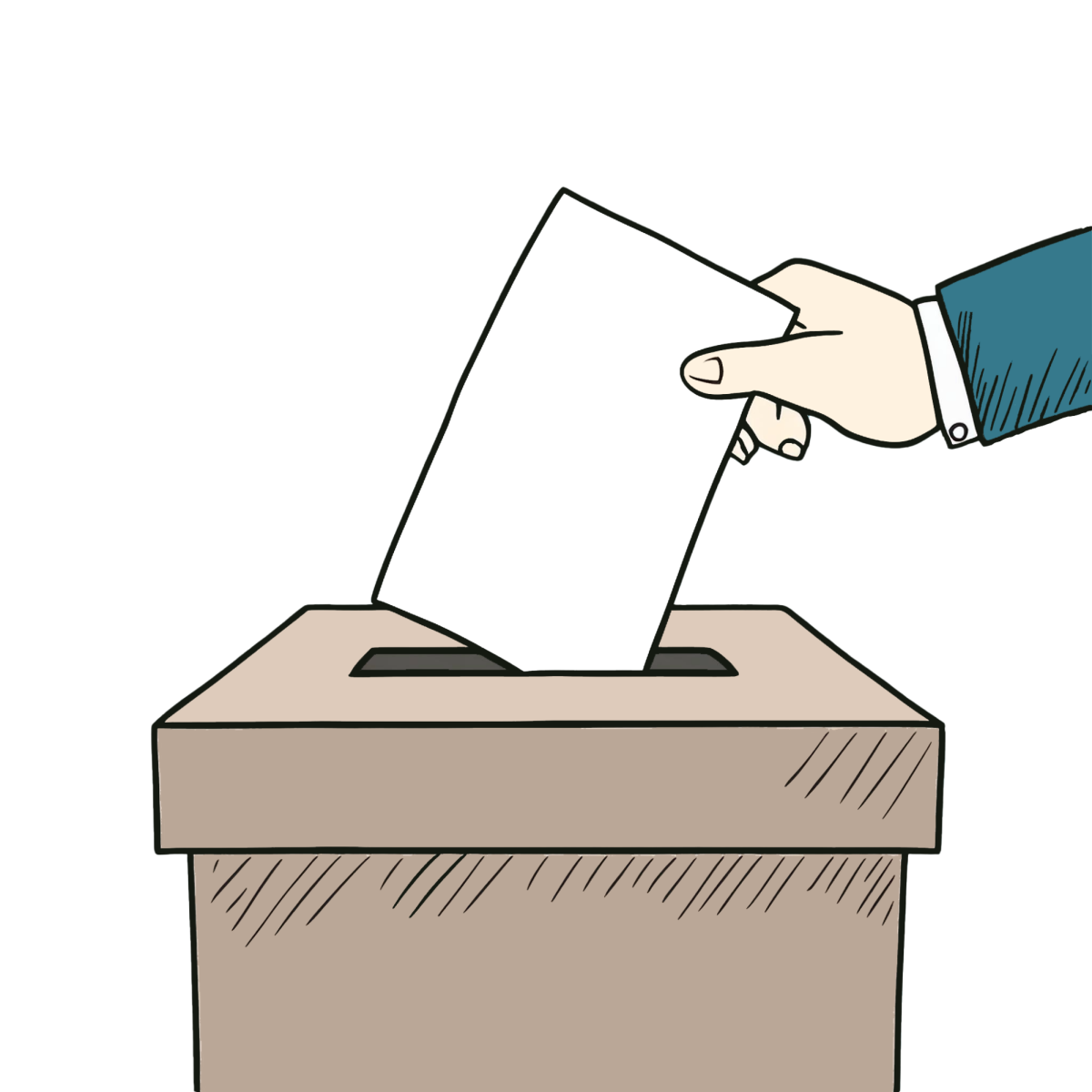Written by Paulo Frank
Eat fewer cow products: Cattle ranching is the leading cause of deforestation in the Amazon rainforest—80 percent of deforested land in Brazil is converted for raising livestock. Additionally, cows produce a large amount of methane which they release in their farts. Methane is extremely harmful as a greenhouse gas, and over its lifetime, one cow produces close to 500 lb of methane.
Turn your lights off when not using them: Leaving one 100 watt light bulb on for 10 hours is equivalent to using one kilowatt hour of energy; if you did this every day for two weeks you would have wasted one gallon of petroleum. It may not seem like much, but if every household in the country did this it for a whole year, it would amount to over 6.5 billion gallons wasted.
Stop buying bottled water: The plastic used to make water bottles is created from fossil fuels. The amount of crude-oil needed to produce all of the plastic water bottles bought in the U.S. annually amounts to around 17 million barrels. Why add to that number when there are so many reusable water bottles available for cheap.
Use the stairs: Elevators in office buildings can run up energy costs into the tens of thousands of kilowatt hours, especially in taller buildings. You can help reduce the energy cost by simply taking the stairs.
Avoid traveling by car: The gas which the car runs on requires extraction from the earth, which creates pollution on its own. Then on top of that add the 20 pounds of CO2 produced per one gallon of gas you use and you’ve got a lot of needless pollution when alternatives like biking or walking could’ve been used.
Participate in a tree-planting project: Some trees can absorb between 40 to 50 lbs of CO2 per year. That may not seem like much when compared to the amount of CO2 emitted per gallon of gas burned, but it adds up in the end. Just look around, trees are all around us.
Install a “cool roof”: If possible, consider implementing a “cool roof” strategy for reducing energy consumption from air conditioning during summer months. A “cool roof” is designed to reflect incoming solar energy to reduce heat absorbed into the interior of the house.
Buy food from local sources: Shipping produce across the country requires transit on some of the most fuel-inefficient vehicles available. Sidestep this problem by heading down to the local farmers’ market and buying some locally grown fruits and veggies.
Replace old energy-intensive household appliances with newer energy efficient ones: Older appliances may have been built to meet different energy standards than newer ones. Check around your house and try to replace outdated equipment with Energy Star approved ones.
Don’t put hot food in the fridge: Refrigerators are a very energy-intensive appliance in the house. Energy is consumed in order for the refrigerator to maintain a cool inner temperature, and adding hot food to the fridge means it has to work even harder to keep the same low temperature.










